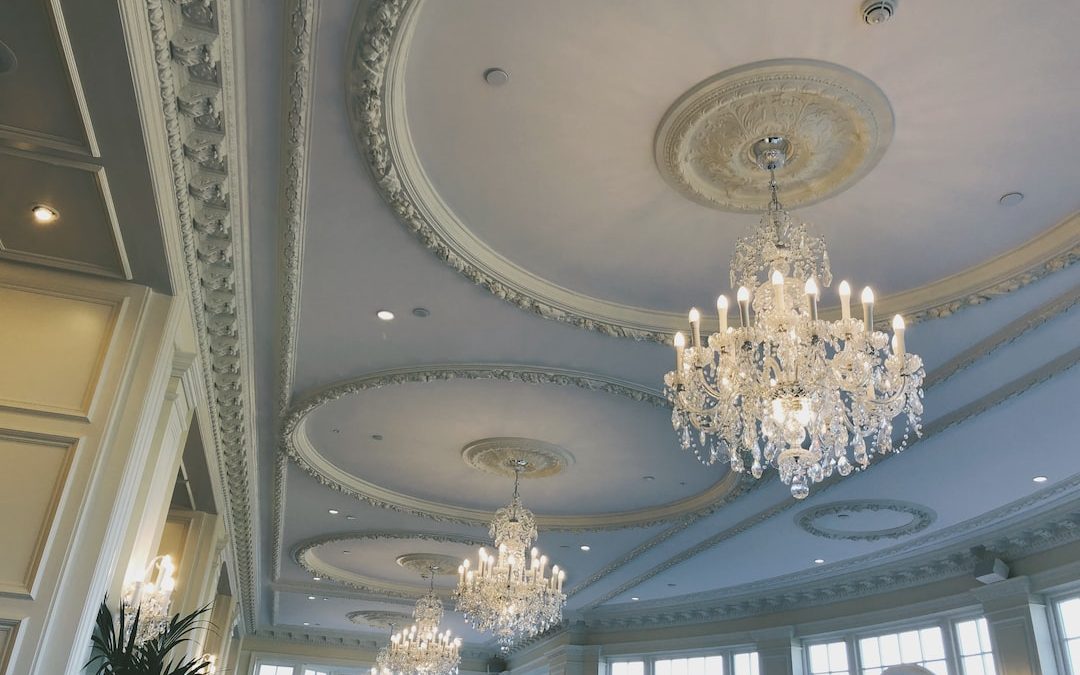
The Magnificent China Wall Light: A True Symbol of Beauty and Innovation
H1: The Magnificent China Wall Light: A True Symbol of Beauty and Innovation
H2: A Brief History of China Wall Light
China Wall Light, also known as Chinese traditional wall light, dates back to the Tang Dynasty (618-907 AD) when it was invented to provide light in imperial palaces, temples, and other monumental buildings. These first Chinese wall lights were made of bronze or iron and used wick and oil as a fuel source. During the Song Dynasty (960-1279 AD), brass and copper began to replace the bronze and iron, making the lights more durable and elegant.
H2: China Wall Light Styles and Designs
Over the centuries, China’s wall lights have evolved dramatically. There are now three main patterns of Chinese wall lights based on their design, style, and function: the lantern-type, the bracket-type, and the wall-inserted type. Each of these patterns comes in various shapes, sizes, and colors.
The lantern-type China wall lights are the most popular for their beauty, simplicity, and versatility. They come in different shapes, including round, square, and hexagonal. Also, their design and style can be customized to fit a wide range of applications.
Bracket-type or arm-type China wall lights have a support on which the lamp or lantern hangs. These China wall lights can be moved, turned, or tilted to provide direct or indirect illumination.
Wall-inserted type China wall lights, also known as Chinese wall sconces, are mounted on the wall, and their light is directed upwards, downwards, or sideways.
H2: Materials Used in China Wall Light
China wall lights are typically made of high-quality materials, including bronze, brass, copper, and aluminum. Other materials like wood, ivory, and ceramic are also used to make China wall lights. However, bronze and brass are the most commonly used materials to make China wall lights.
H3: The Craftsmanship of China Wall Light
Craftsmanship is one of the most important factors in making China wall lights. The manufacturing process starts with creating a 3D design, which is then molded or carved into the desired shape. Afterward, the casting process is carried out using both manual and machine methods. Finally, the polishing and finishing process is done to achieve the desired texture and appearance.
The craftsmen who make China wall lights are highly skilled and trained to work with delicate materials and tools. They spend years honing their craft and perfecting their skills to produce some of the most beautiful and intricately designed China wall lights.
H2: China Wall Light Applications
China wall lights have a wide range of applications. They are typically used in hotels, restaurants, temples, homes, and other public buildings. These wall lights provide a beautiful and warm ambiance that complements the décor of any space. In hotels, China wall lights are used to create a sophisticated and elegant atmosphere in the corridors and rooms.
In restaurants, wall-mounted China lamps provide dim and warm light, creating a relaxing and comfortable atmosphere for diners. Additionally, wall-inserted China wall lights are used in temples to illuminate religious symbols and images.
H2: Buying and Caring for China Wall Lights
When buying China wall lights, there are different factors to consider, including the design, style, and application. China wall lights come in various sizes, shapes, and colors, making it easy to find one that matches your design preferences and needs. Also, it is essential to consider the materials and craftsmanship of the China wall light to ensure its durability and quality.
Caring for China wall lights is also important to ensure their longevity and beauty. Cleaning them regularly with a soft cloth and non-abrasive cleaning agents will keep them looking as good as new for years to come. It is also crucial to avoid using harsh chemicals that may corrode the materials or damage the finish of the light.


